Sri Lanka: From Mine to Market, Part 1
September 30, 2014
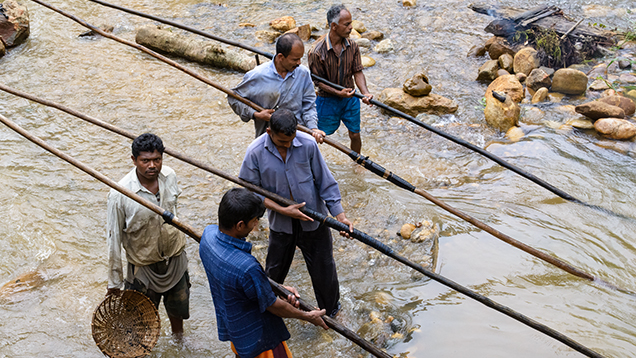
In this field report, we take you on an expedition to this magnificent island and its remarkable mine-to-market industry.
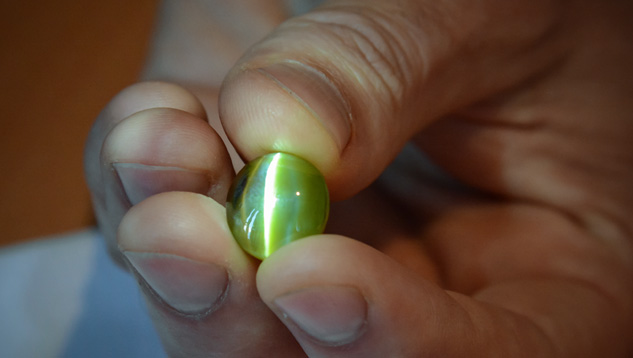
An Amazing Island
Traveling in Sri Lanka, you realize it is a large island with very diverse environments. Most of the terrain consists of flat or rolling hills, but there are beautiful mountains in the southern central interior. Agriculture is a constant presence as you drive around the country, with intense green rice fields and rubber tree plantations.In Elahera’s rice fields, there are treehouses for agricultural workers to climb into when a herd of wild elephants passes through. In Ratnapura, Elahera, and Balangoda, green rice fields also enclose small pit-mining operations, sometimes covered with V-shaped roofs for a little protection from rain and sun. Gaining elevation, you encounter beautiful tea plantations where it is common to see workers picking tea leaves by hand. Driving along the coast offers views of Sri Lanka’s beautiful coastline and fishing industry.
History, Culture, and People
It is believed that Sri Lanka has been inhabited by humans for more than 300,000 years. The main ethnic group is the Sinhalese, representing about 73 percent of the population. They arrived from India in about the late sixth century BC. Buddhism came to Sri Lanka around the third century BC, and today it is the main religion of the Sinhalese people and the island. The Tamil people, from the Tamil area of India, are primarily Hindu. There is also an important Muslim and Christian population, leading to a rich diversity that is reflected in domestic jewelry design preferences, especially for weddings.Sri Lanka's rich cultural heritage has become a major tourist attraction as visitors seek to learn more about this island and its people, which in turn has stimulated the economy. One of the cultural heritage sights we visited as we traveled to gem mining areas was Sigiriya, a UNESCO World Heritage site.
Tradition, Experience, and Modernization: The Best of All Worlds
In documenting Sri Lanka’s entire mine-to-market industry, one of the most fascinating aspects is the harmonious and productive blend of tradition, experience, and modernization. This was apparent in the mining, trading, cutting, treatment, jewelry manufacturing, and retail sectors. Mining is done primarily by traditional methods, and it is small-scale by choice and design. Cutting is a fascinating blend of hand-powered techniques, utilizing some of the world’s greatest expertise in orientation of rough, and a growing precision cutting and recutting industry that maintains the strictest tolerances.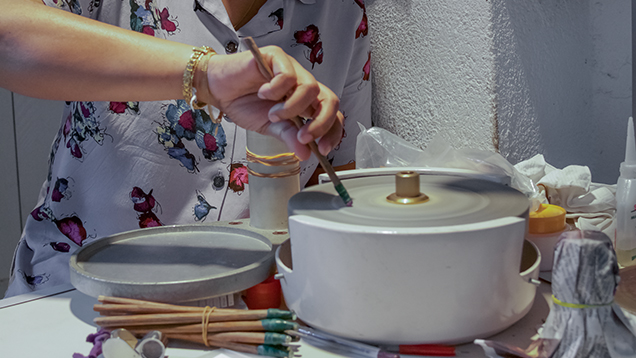
Jewelry design and manufacturing is directly tied to the domestic retail market as well as the market for Sri Lankans living abroad. Traditional 22K gold jewelry is in high demand for weddings as well as for investments and as a financial asset to pawn in times of need. At the same time, the market has adjusted to a younger generation with more varied tastes, while aiming to increase tourist purchases and broaden export markets.
Pits, Mud, Gravel, and Gemstones
Gemstone mining in Sri Lanka is mostly from secondary deposits. The gravels yield sapphire, ruby, cat’s-eye and other chrysoberyls, spinel, garnet, beryl, tourmaline, topaz, quartz, and many other gemstones. Sri Lanka’s gem-bearing gravels, called illam, are some of the richest in the world. The island was blessed with geological conditions that provide an ideal blend of chemistry, heat, pressure, time for gem crystals to grow, and weathering for the gem crystals to be deposited and concentrated in gravels.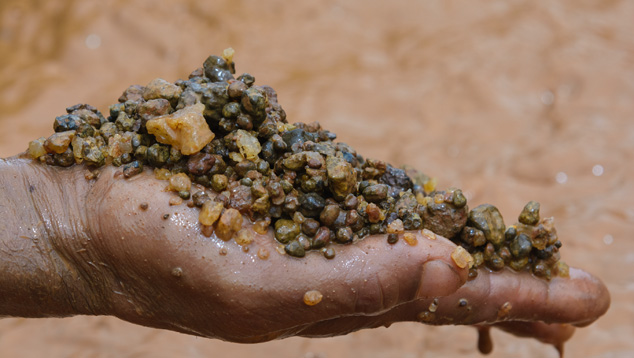
Assembly of the Gondwana supercontinent was a slow process that took place over millions of years, between 550 and 950 million years ago (Ma), when global forces led to large-scale structural changes in the earth’s crust and upper mantle. The resulting collisions formed the Mozambique Belt, which extends from Mozambique to Ethiopia and Sudan, and also covers most of Madagascar, the southern tip of India, Sri Lanka, and the east coast of Antarctica. Sri Lanka occupied a critical area of Gondwana, and many of its gemstones are believed to have formed between 539 and 608 Ma, a time of peak metamorphism for the area.
Most of the gem deposits are in an area called the Highland Complex, extending northeast to southwest and containing high-grade metamorphic rocks. One major primary sapphire deposit was discovered by accident in 2012 near Kataragama, but it was not producing at the time of our visit, and subsequent mining of the area has produced no commercial yields. A full geological study of the deposit has not been performed, however, so the true potential of this area remains unknown.
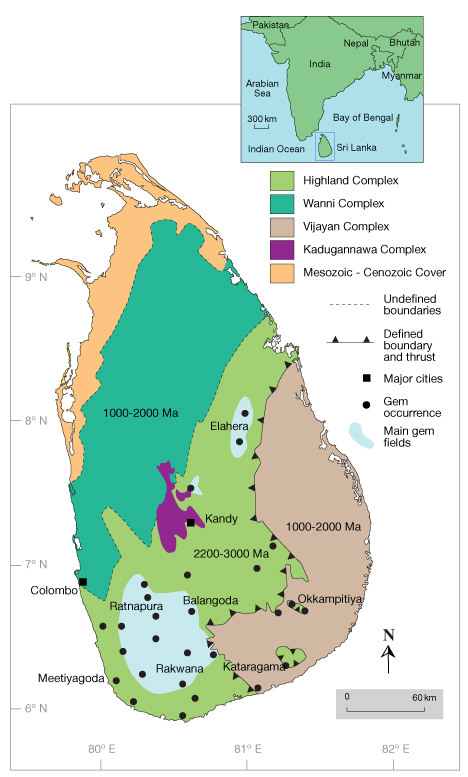
gemstone deposits. Illustration by Peter Johnston, © GIA.
Sri Lanka’s commercially important colored gemstone deposits come from weathered alluvial gravels. We visited the mining areas around Ratnapura, Balangoda, and Elahera. Although these make up only a small percentage of the island’s gem deposits, they gave us a representative overview of mining operations throughout the country. All of these were secondary gravel deposits. We did not find any active primary deposits at the time of our visit.
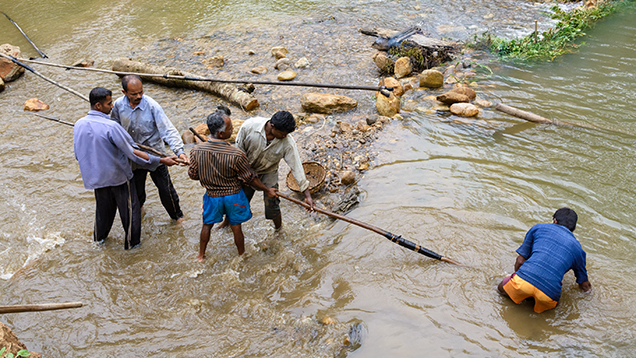
Mining
Mining licenses in Sri Lanka are regulated by the National Gem and Jewellery Authority (NGJA). Of the more than 6,500 licenses issued in 2013, more than 6,000 were for pit-mining operations using traditional methods. The remainder went to river and mechanized mining. Licensing for mechanized mining follows very strict guidelines, and only about ten were issued in 2013.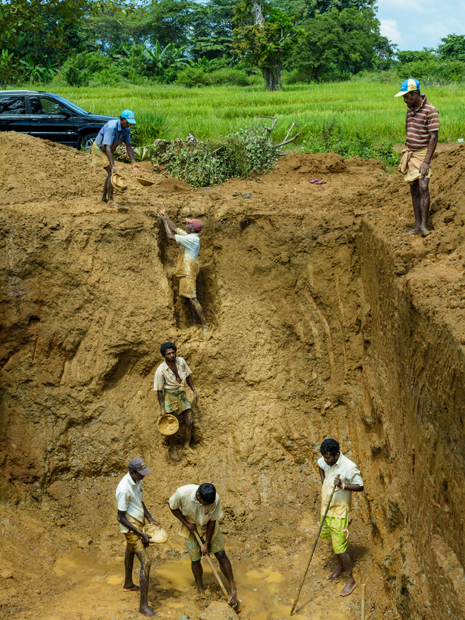
miners toss up the gravel in baskets. Photo by Andrew Lucas/GIA.
To give an idea of scale, the standard pit mine in Sri Lanka consists of a vertical shaft that measures two by four meters. If the pits are deep and in harder ground, the miners might dig a two by two meter square pit or a two-meter round pit. Depth can range up to 50 meters, though most pits are between 5 and 25 meters.
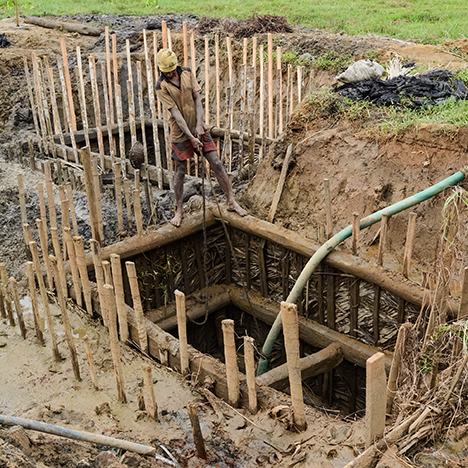
on muscle power, not mechanization. Photo by Andrew Lucas/GIA.
There are usually several people involved in the venture, including the landowner, the holder of the mining rights, the person who supplies the water pump to remove water from the pit, and the miners. They all receive a share of the proceeds from the sale of the gemstones.
Although not as prominent, river mining is another traditional form of gem mining in Sri Lanka. Rivers in gem-producing areas can contain alluvial deposits where the river bends or otherwise slows down. The river miners pick these slow-moving areas in relatively shallow waters and build a dam of wood or rock where the water slows, allowing it to escape from one side while trapping the gravels.
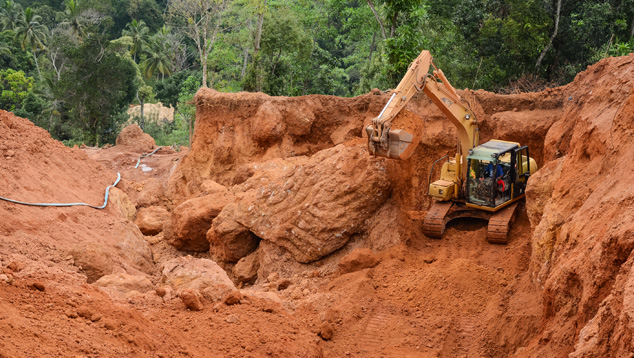
Mechanized mining occurs when it’s determined that traditional methods won’t apply to the deposit at hand, if the concentration of gems is too low for pit mining, or if the threat of illegal mining activity requires quick mining of the deposit. There are a limited number of mechanized operations, and the requirements are stringent.
Cutting
It is easy to overlook the importance of traditional cutting in Sri Lanka, which is often associated with bulky cuts. These traditional cutters use simple hand-powered cutting machines to produce some of the best-oriented stones in the world. Their ability to orient a stone for the best face-up color or placement of a star or cat’s-eye, while retaining maximum weight from the rough, is remarkable.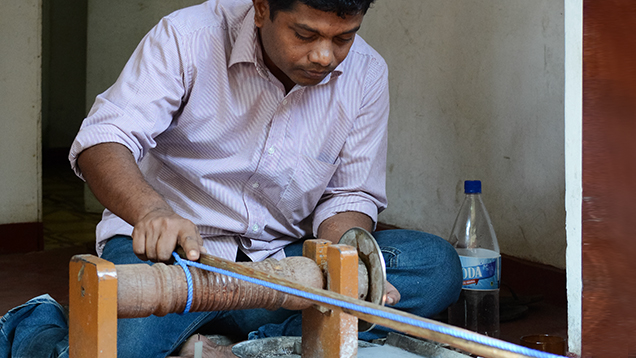
Traditional cutting may in fact be the best technique for some high-end sapphires or stones where the placement of color is critical. There is also a growing demand for Sri Lankan recutting to meet customer specifications. Global clients have different proportion expectations—some allow windows, for instance—and recutting stones that have already been oriented for best color can make them less bulky. The cutters can remove enough windowing to suit a customer’s needs while retaining as much weight as possible. There is also a growing precision-cutting industry in Sri Lanka that meets the strictest tolerances of proportion, symmetry, and calibrated size tolerances.
Trading
Surpassed by Thailand in the 1970s and ’80s, Sri Lanka has modified its business strategy and import/export regulations to restore its position as a major global power in colored gemstone trading. By simplifying the import process and removing prohibitive duties, Sri Lankan dealers are now able to buy rough sapphire from anywhere in the world, including major sources such as Madagascar. They can apply their knowledge and be competitive in obtaining the raw materials to fuel their industry. Abandoning protectionist import regulations on rough from foreign sources has actually saved Sri Lanka's gemstone industry from remaining a smaller player. A smoother export process has also attracted foreign buyers to the country.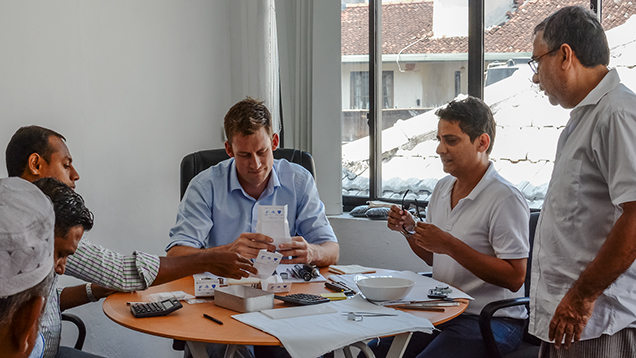
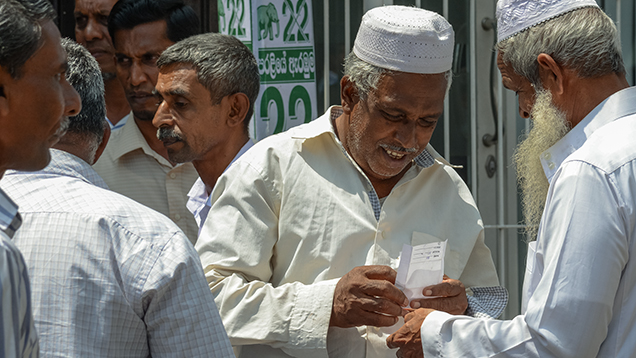
Coming Next
In Part Two, we will reveal aspects of the Sri Lankan gemstone and jewelry industry that have seldom been covered, especially by outsiders. The country’s jewelry manufacturing and retail industries are very dynamic, blending strong traditions with important innovations. These sectors of the Sri Lankan industry are very different from their counterparts in other parts of the world such as the United States, Europe, Japan, and China. We will show you the sites we visited so you can get a better sense of this famous and exotic trade center.Andrew Lucas is manager of field gemology at GIA in Carlsbad, California. Armil Sammoon is a member of the board of directors of the National Gem and Jewellery Authority, the chairman of the Sapphire Capital Group, and a chairman of the Sri Lanka Gem and Jewellery Association. A.P. Jayarajah is CEO of Wellawatta Nithyakalyani Jewellery and chairman of the Sri Lanka Gem and Jewellery Association. Tao Hsu is technical editor of Gems & Gemology and Pedro Padua is a video producer, both at GIA in Carlsbad.
DISCLAIMER
GIA staff often visit mines, manufacturers, retailers and others in the gem and jewelry industry for research purposes and to gain insight into the marketplace. GIA appreciates the access and information provided during these visits. These visits and any resulting articles or publications should not be taken or used as an endorsement.
The authors would like to thank the following individuals and groups for making this expedition possible and for helping us obtain the knowledge we can now share. The GIA team especially thanks the Sri Lankan authors, all the members and organizations of the Sri Lankan gem and jewelry industry, and the extremely warm, hospitable people of Sri Lanka. Also, author Andrew Lucas would like to thank videographer and coauthor Pedro Padua for his tireless hard work in the field, taking readers to these locations and revealing the stunning visuals.
Shamil Sammoon
Faiq Rehan, managing director of Precision Lapidaries
Sujitha Traditional Jewellery Workshop
N. Rengarajan, proprietor of Ravi Jewellers
V. Rishanthan, director of Ravi Jewellers
J. Sasikumaran, factory manager of Wellawatta Nithyakalyani Jewellery
Y.P. Sivakumar, partner at Wellawatta Nithyakalyani Jewellery
Prof. P.G.R Dharmaratne, former chairman of the National Gem and Jewellery Authority
Ajith Siriwardena, deputy superintendent of Sri Lanka Customs
Saman K. Amarasena, owner of Swiss Cut Lapidary and a vice chairman of the Sri Lanka Gem and Jewellery Association
A.H.M. Imtizam, president of Gem Paradise
H.C.J. Bandara
N.S. Vasu of Devi Jewellers
N. Seenivasagam, chairman of Devi Jewellers Ltd.
S. Ramesh Khanth, managing director of Devi Gold Cast Pvt. Ltd.
M.S.M Fazli, Saleems Limited
Juzar Adamaly, chairman of Facets Sri Lanka
Aly Farook
Ruzwan Kamil, managing director of MSM Kamil, Exporter of Fine Gemstones
W.D. Nandasari, managing director of Sapphire Gems
Nabeel Salie FJC, The Fine Jewellery Company
Altaf Iqbal, managing director of Regal Gems Ltd.
M.T.M. Haris, Emteem Gem Laboratory
M.L.M. Sanoon, proprietor of San Gems
Roshen Weereratne, project coordinator at Facets Sri Lanka
Sri Lanka Gem and Jewellery Association
National Gem and Jewellery Authority of Sri Lanka
International Colored Gemstone Association
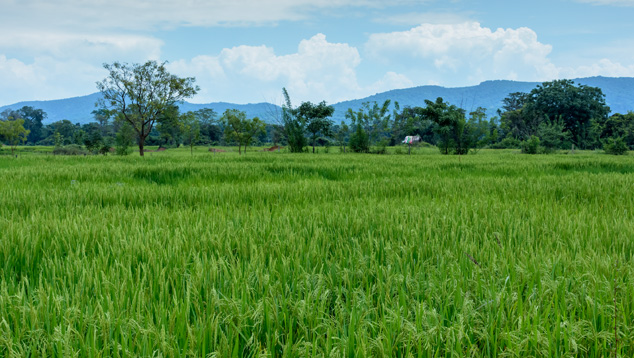

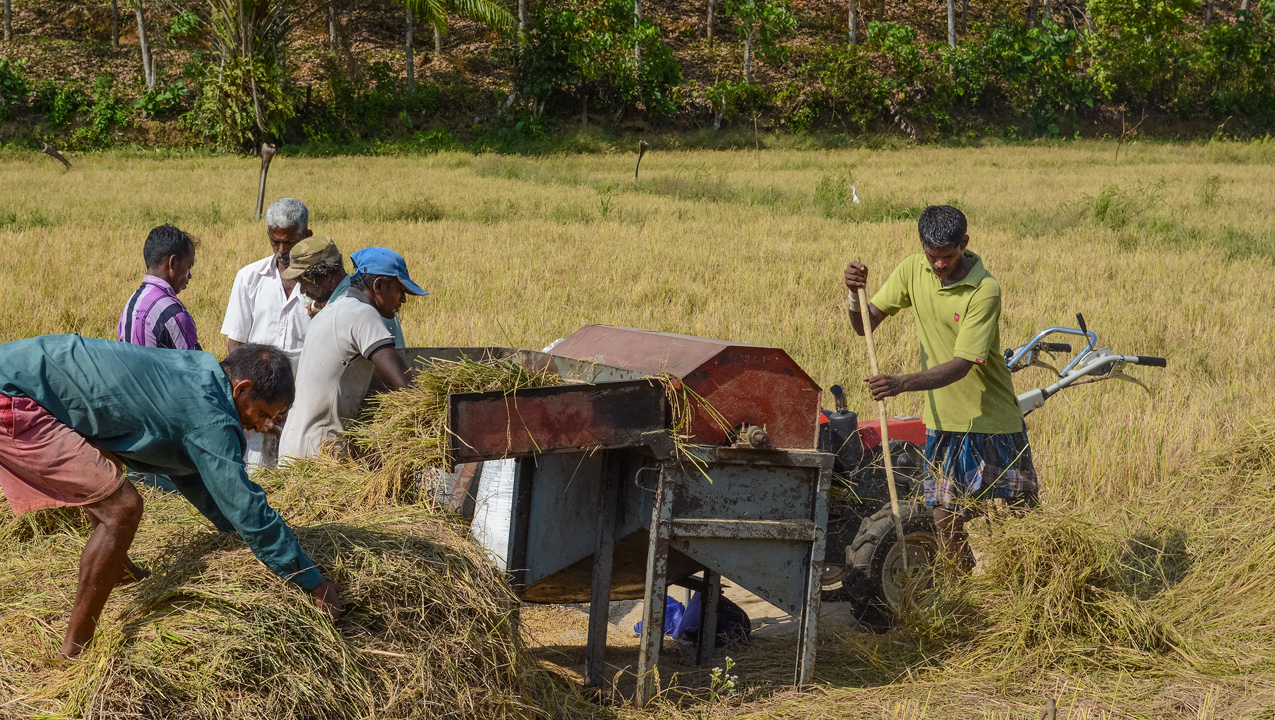

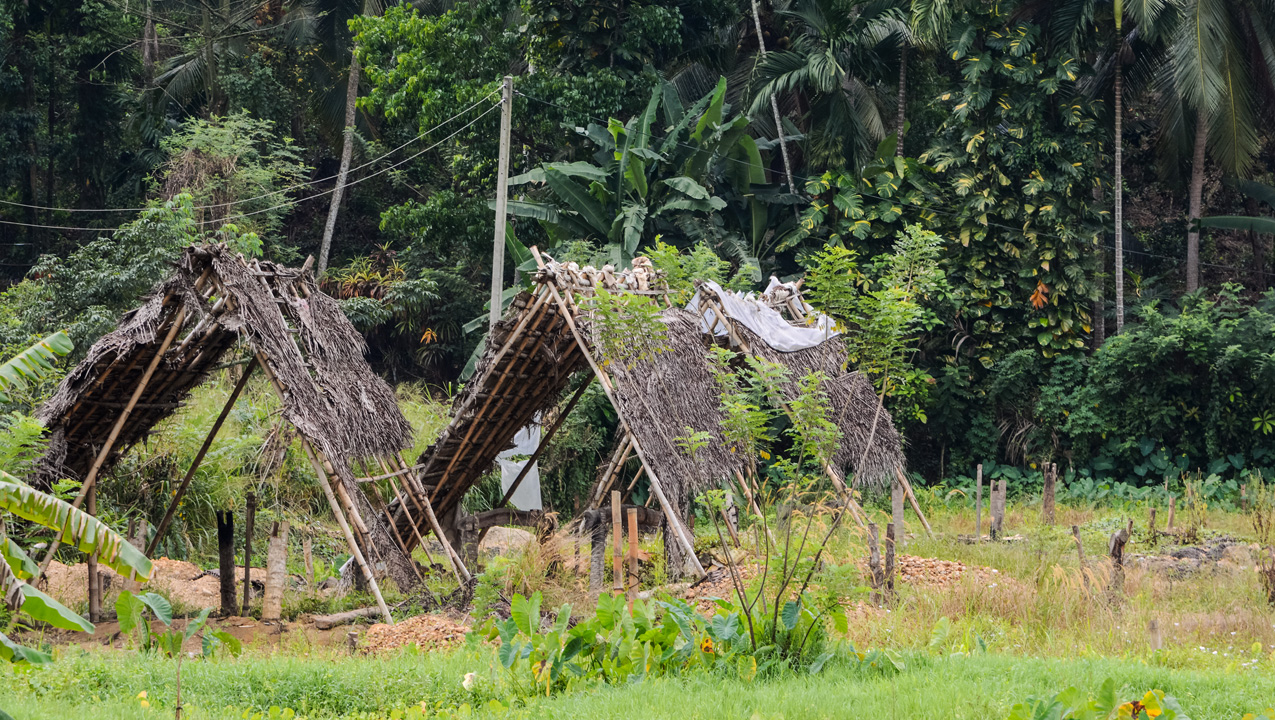
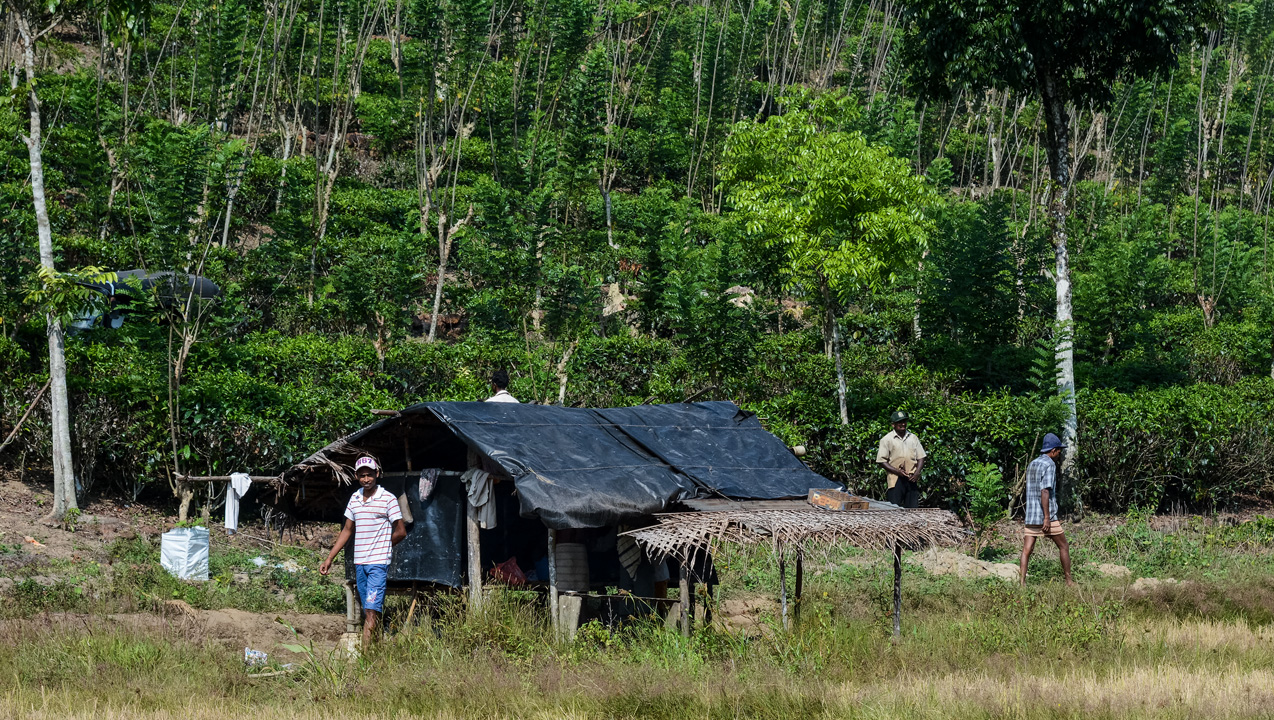
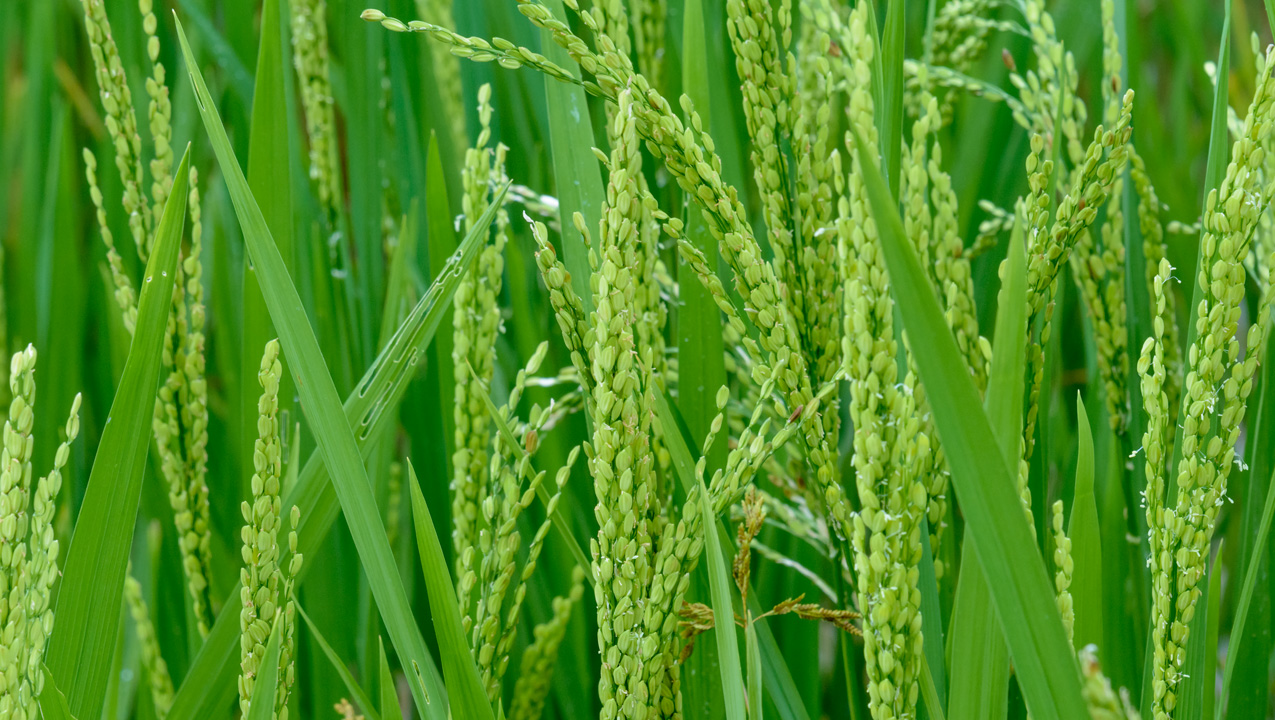
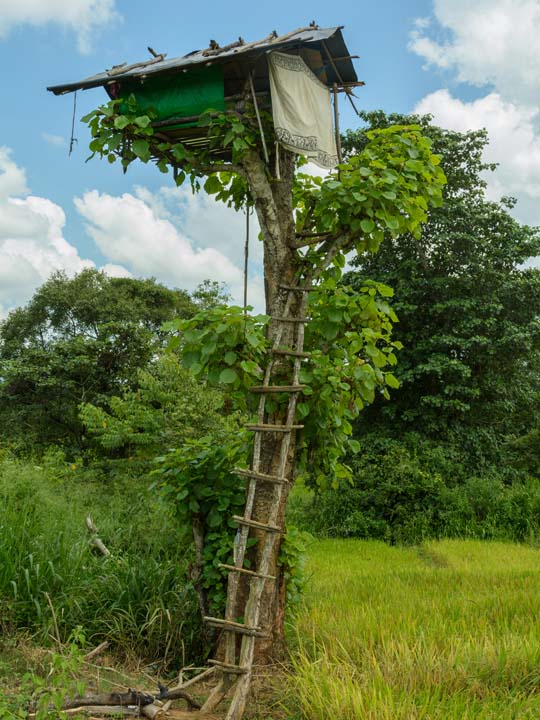
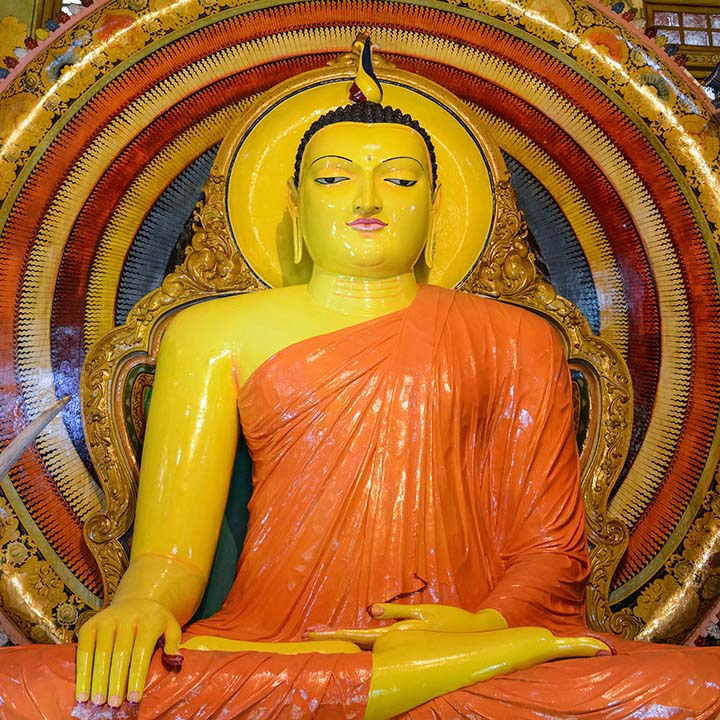

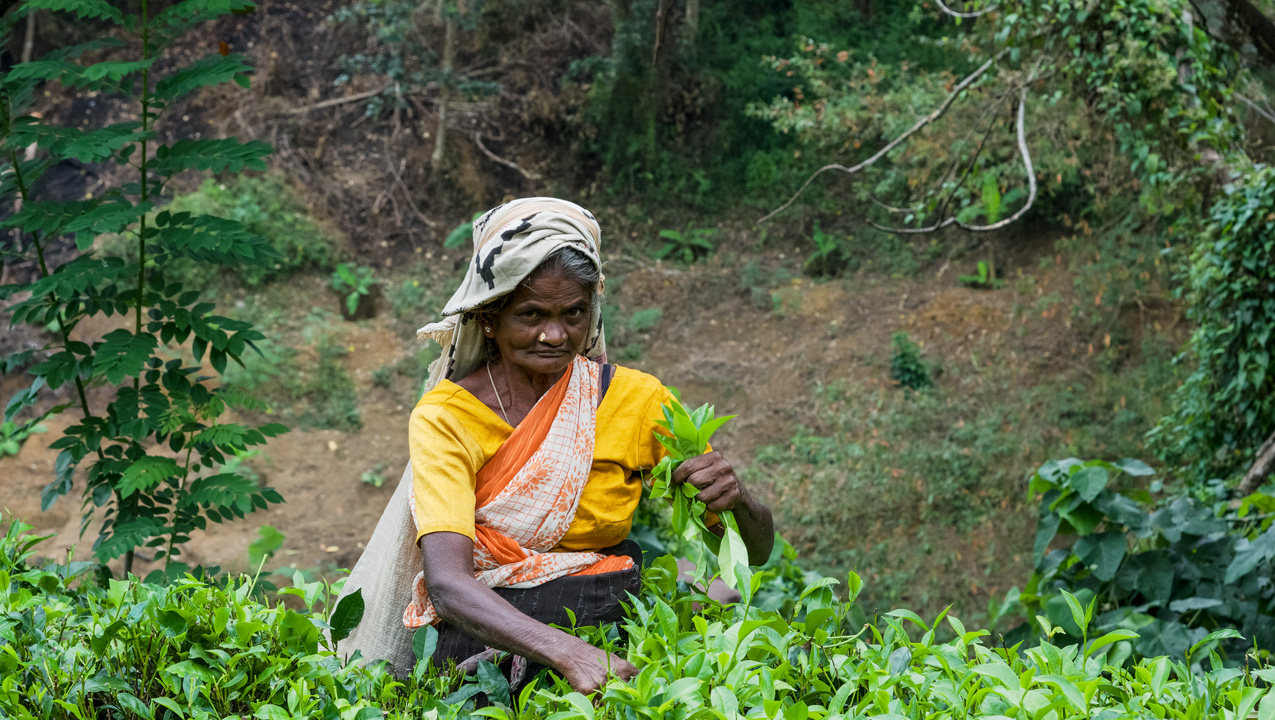

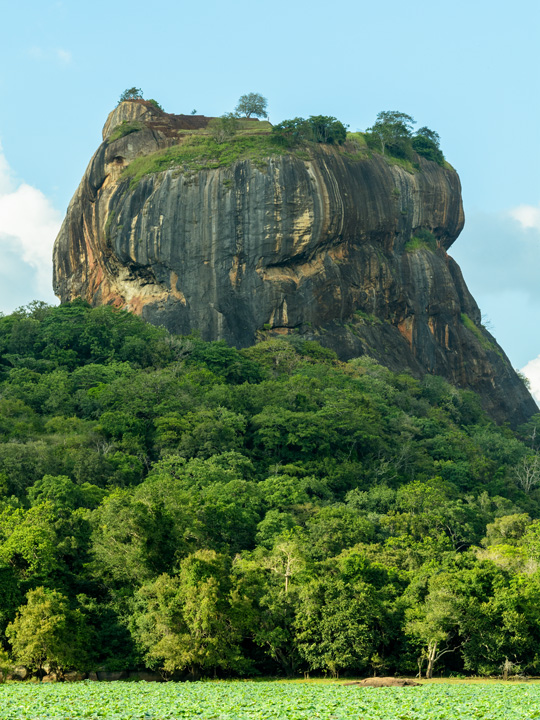



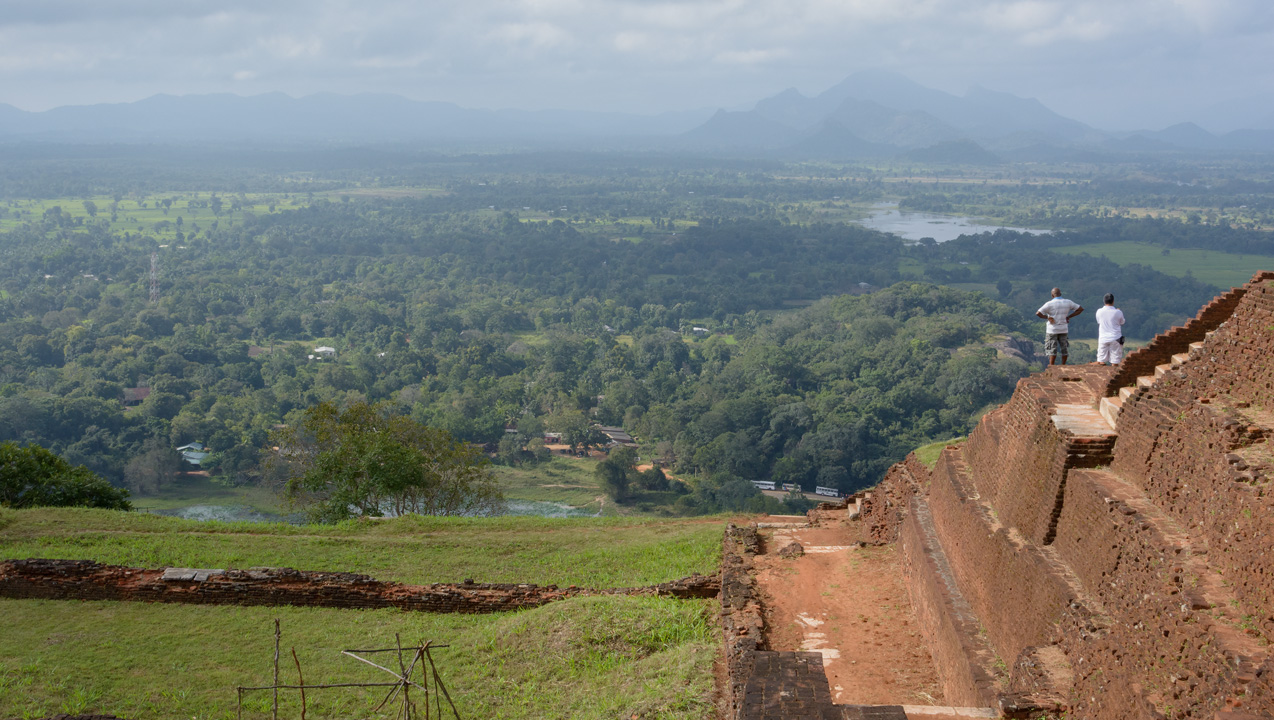
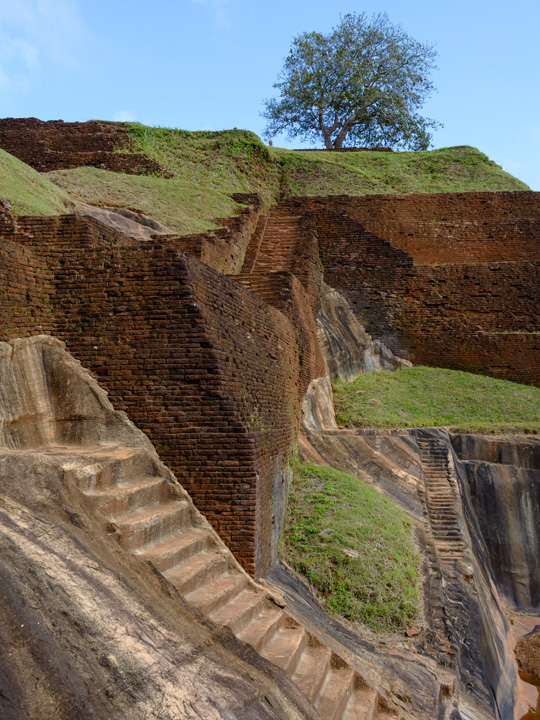


.jpg)


